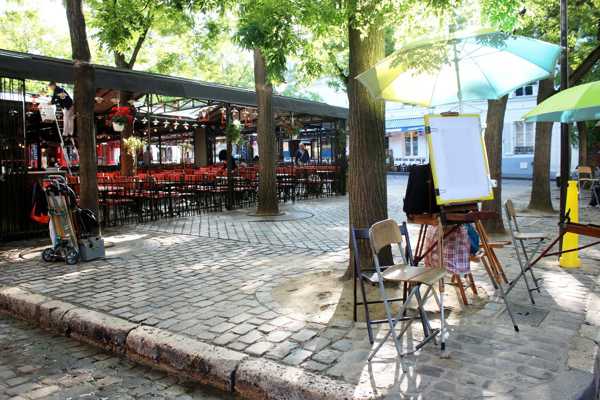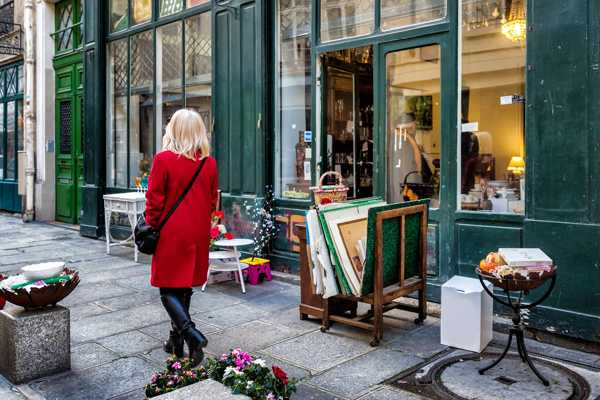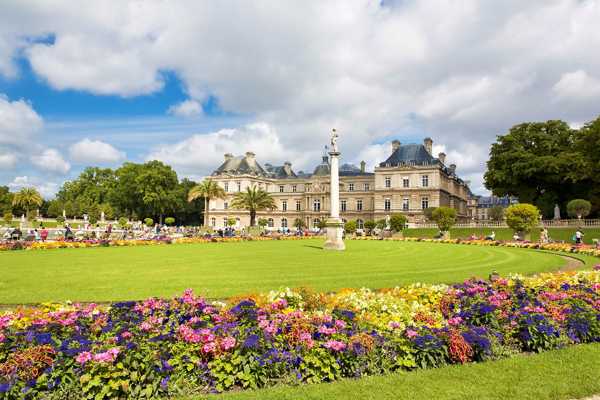The Paris Metro is one of the largest and busiest underground rapid transit systems in Europe with over 300 stations that connect just about every region of the French capital and its surrounding suburbs. On top of being one of the most convenient forms of transportation, the Paris Metro is widely considered to be an icon of the city, used by over 1.5 billion passengers per year.
The Paris Metro has a distinctive architectural design, which reflects the culture and artistic history of France. Notably, the art nouveau entrances you can see at most stations were designed by prominent French artist, architect and designer, Hector Guimard. Despite its heritage and grandeur, the Paris Metro is one of the most affordable ways to tour the city.
Whether you want to see the sights of Paris, learn about the history of this extensive rapid transit system or just get around, you’ll probably need to get to grips with the Paris Metro.
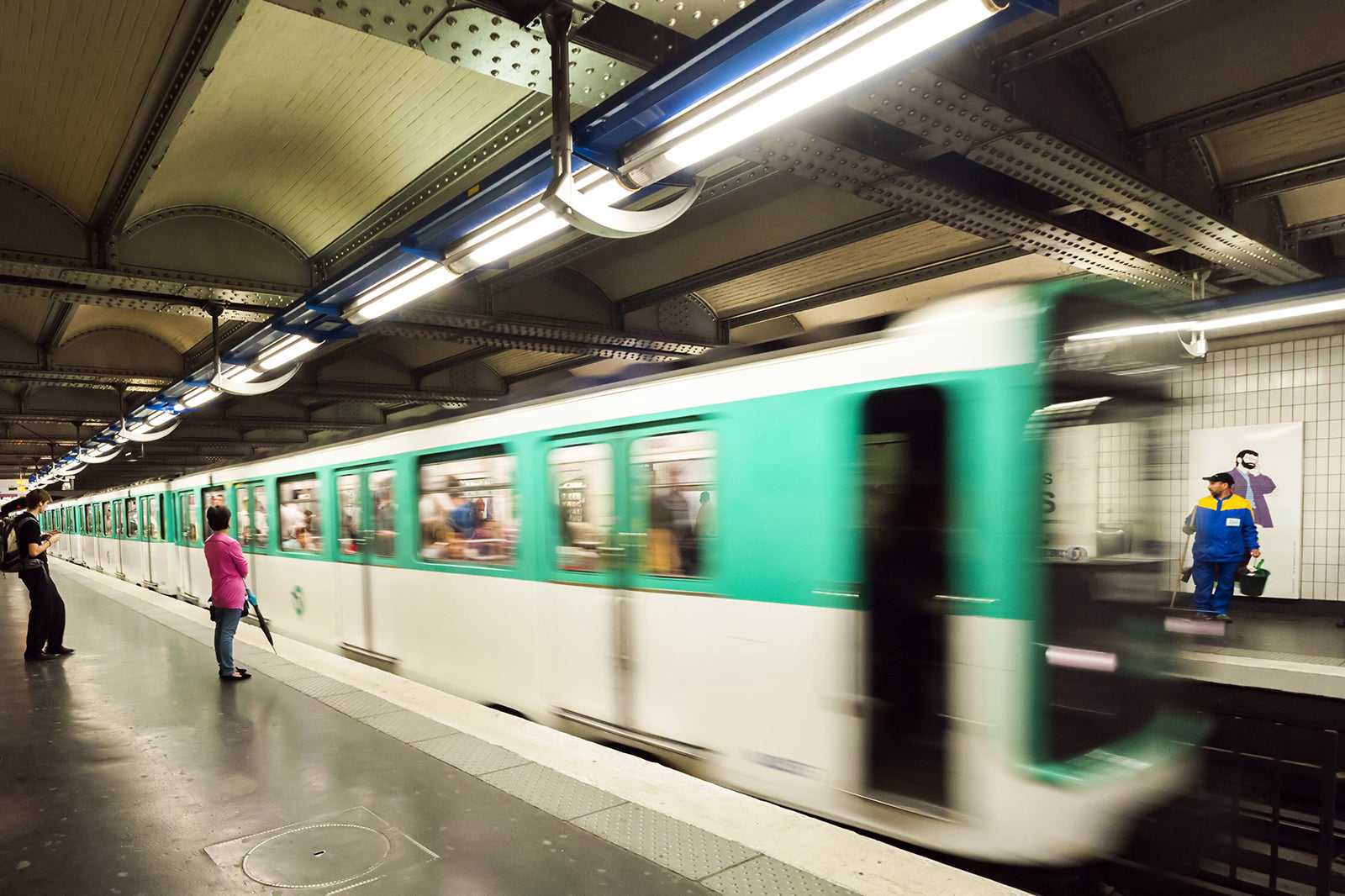
What are the highlights of the Paris Metro?
The Paris Metro is served by 16 lines and around 220 km of track. The busiest station is Gare du Nord, which is connected to the Gare de l'Est train station. From this station, you can travel to neighbouring countries such as Germany and Luxembourg. One of the oldest stations is Franklin D. Roosevelt, which was given its current name following WWII to honour the then-US president.
To see one of the most beautiful, modernised stations, head to the Liège, which is decorated almost entirely with white and blue ceramic tiles. Though the Louvre-Rivoli station no longer provides direct access to the Louvre, it features Greek and Roman sculptures that belong to the museum. For direct access to the Louvre and Palais Royal, head to the Palais Royal–Musée du Louvre station.
If you want to see some of the famous original Art Nouveau entrances designed by Guimard, visit the stations of Porte Dauphine, Abbesses, Châtelet or Réaumur-Sébastopol.
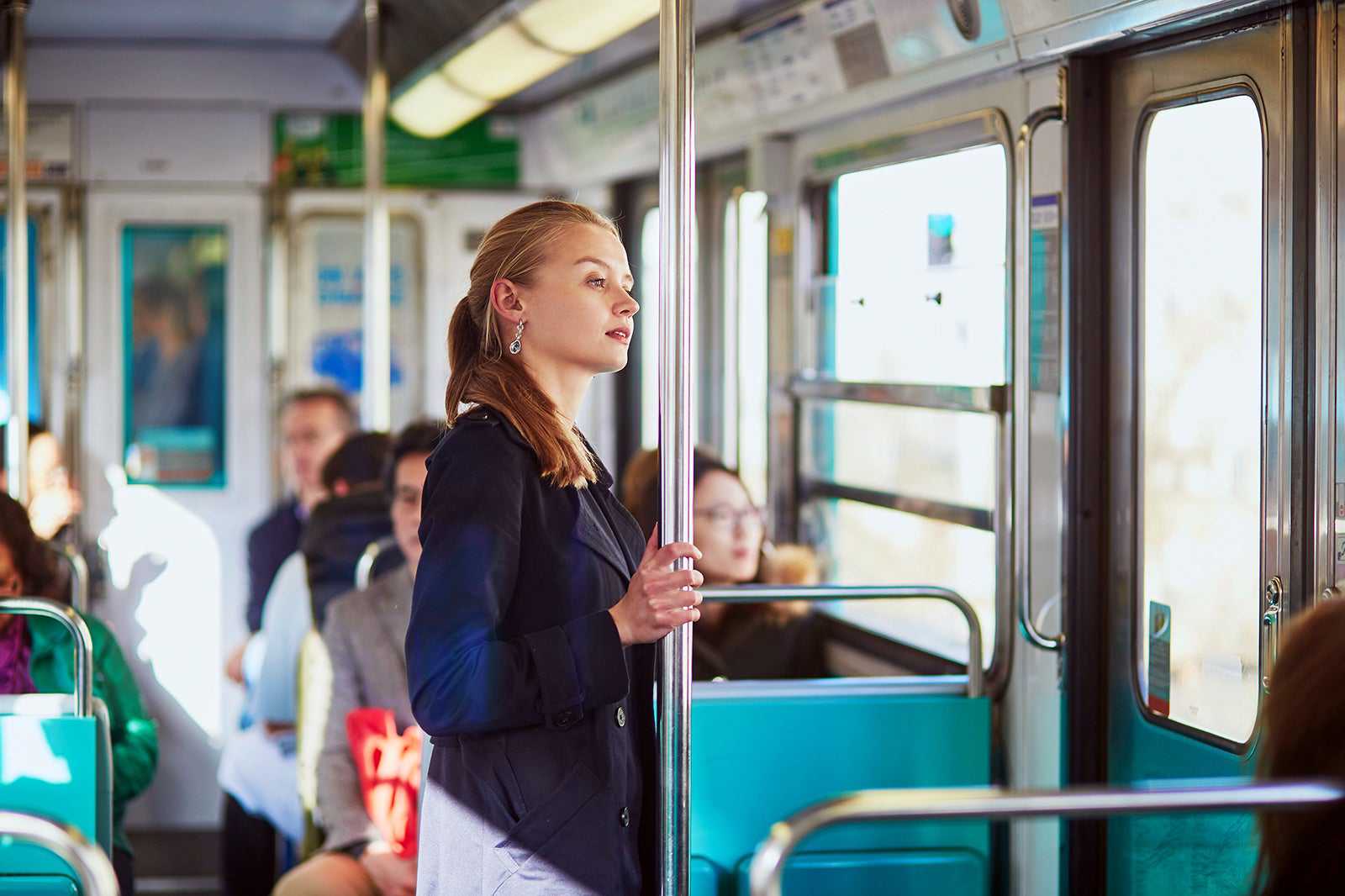
A brief history of the Paris Metro
The Paris Metro was designed in 1896 by Fulgence Bienvenüe, a renowned French civil engineer. Construction began in 1898, with the first stations inaugurated in 1900. A further 10 lines that now correspond to Lines 1 to 9 were completed by 1920, and another 3 lines began operating by 1930, which made it one of the world’s most extensive inner-city rapid transport systems.
Over the following decades, the Paris Metro underwent several renovations and extensions. It now covers just about all areas of the city centre as well as most Parisian suburbs. In 2011, the first fully automated train was introduced to the Paris Metro, with more in the pipeline. Today, thanks to the density and size of the Paris Metro, no place in the French capital is more than 500 metres from a station.
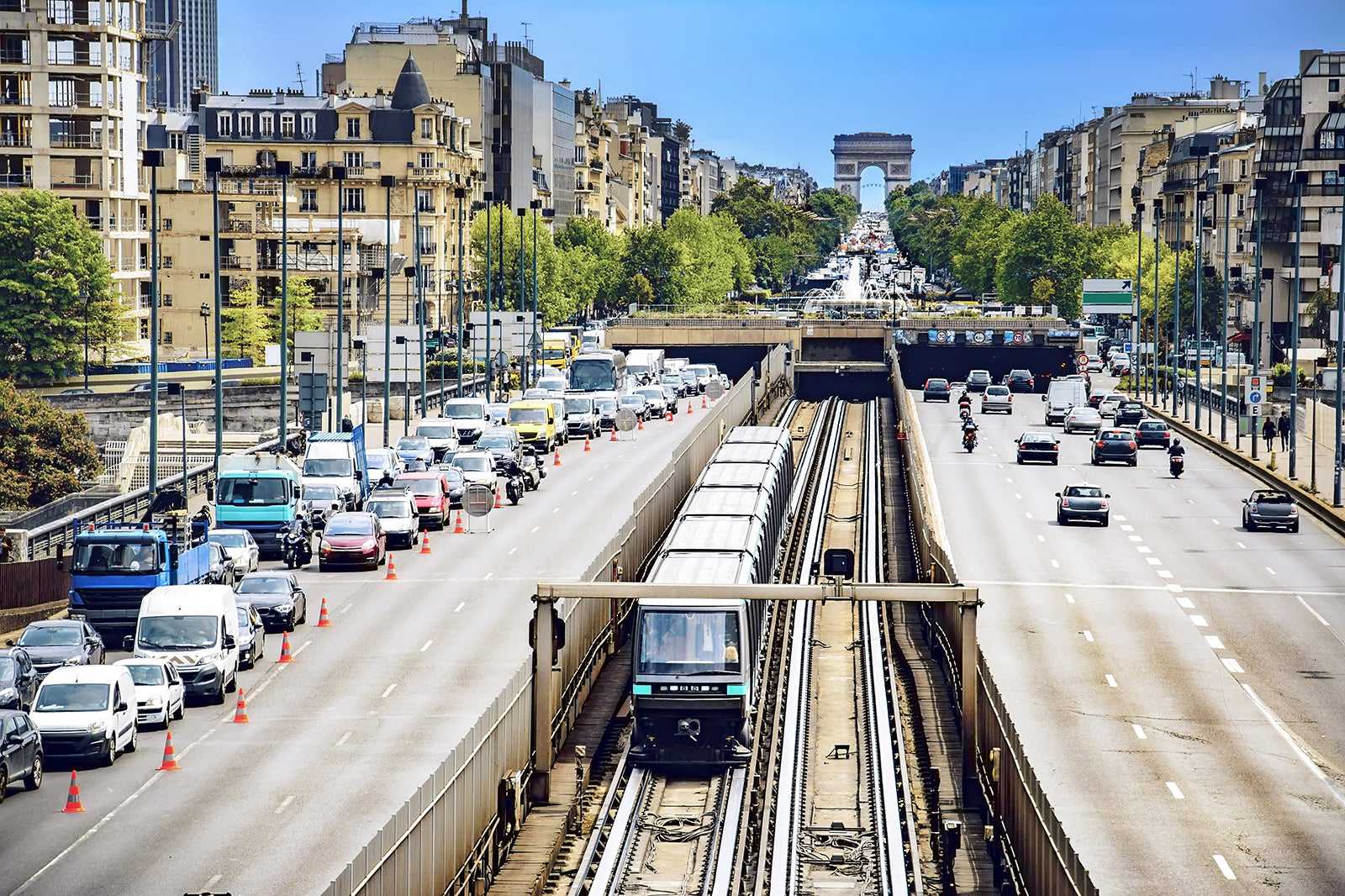
Good to know about the Paris Metro
The Paris Metro is considered to be one of the safest metro systems in the world. However, you should still practice sensible caution and keep your belongings secure. If you want to enjoy a stress-free ride on the Metro, you may want to avoid commuter hours (8 am to 10 am and 5 pm to 8 pm).
Because the Paris Metro is so expansive, it’s worth planning your journey. In many cases, walking from one station to another can be faster than riding the metro itself. Nation, Châtelet, Gare de Lyon and Montparnasse are interchange stations with up to 15 platforms – simply walking from one to another can take 10 minutes.
A single trip on the Paris Metro costs a few euros. For a little more, you can purchase a ticket that grants unlimited trips for a day. Monthly travel passes are also available. The Paris Metro operates daily from 5.30 am to 1.00 am (until 2.00 am on Fridays and Saturdays).
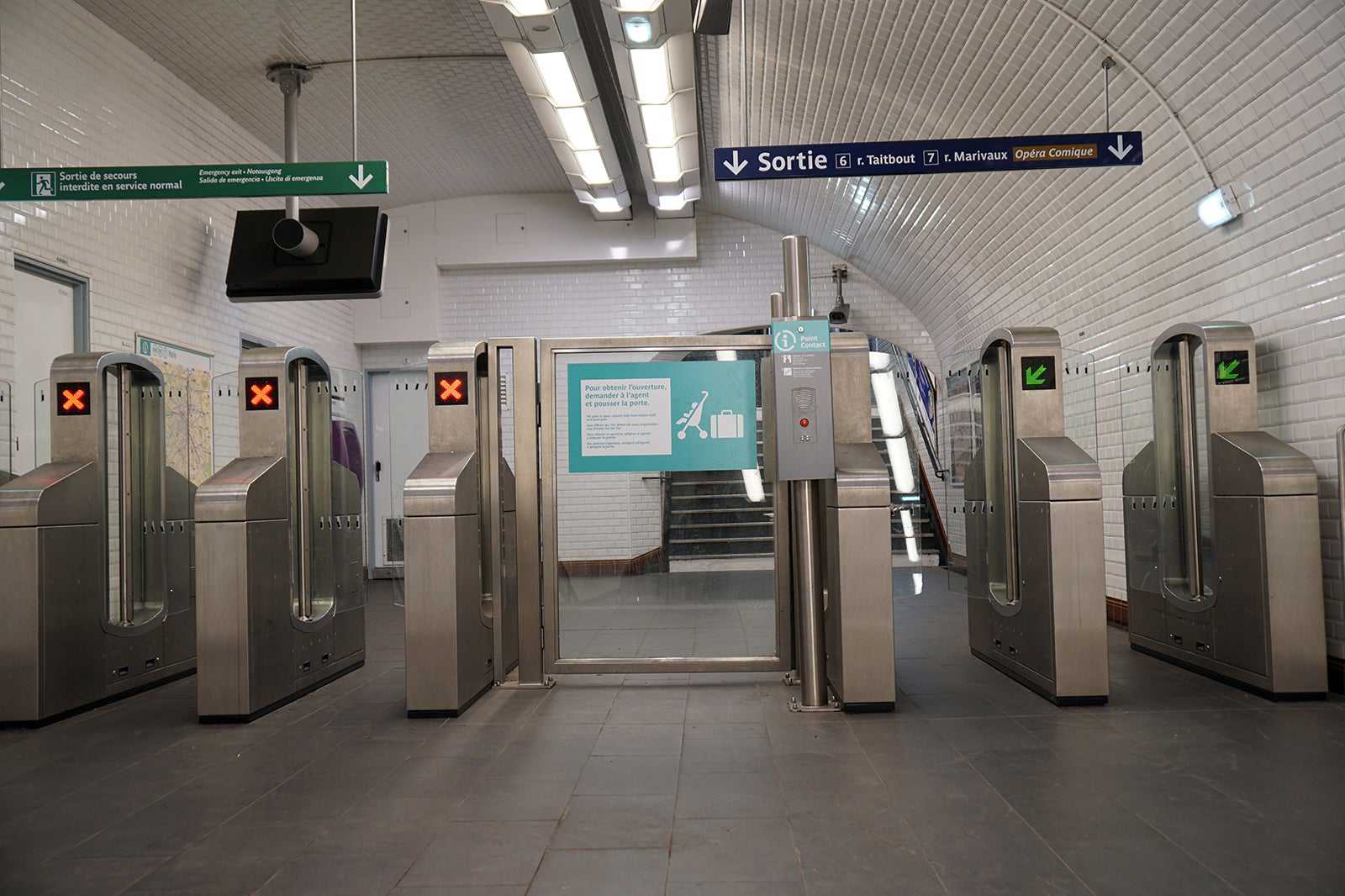
Paris Metro
Ouverture : Friday–Saturday from 5.30 am to 2 am, Sunday–Thursday from 5.30 am to 1 am















